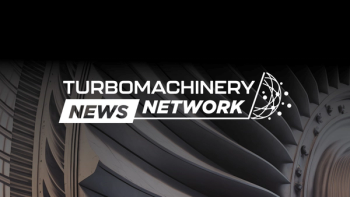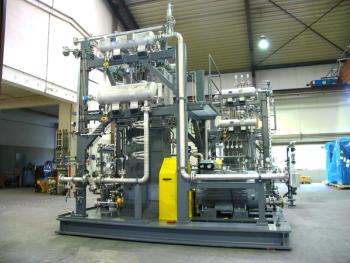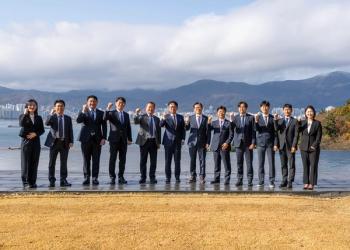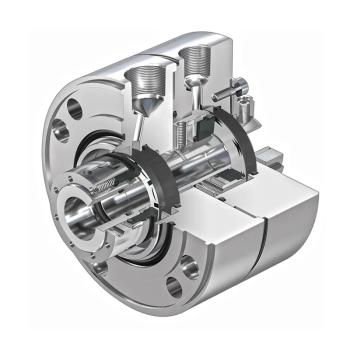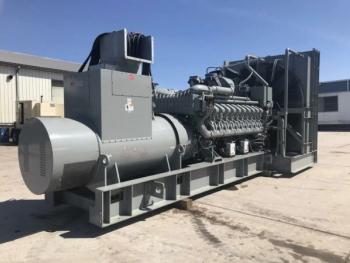
Baker Hughes Delivers Generator, Compression Equipment for Blue Point Number One
Key Takeaways
- Technip Energies and Baker Hughes collaborate on a large-scale low-carbon ammonia plant in Louisiana, capturing 2.3 million metric tons of CO2 annually.
- Baker Hughes partners with Wabash Valley Resources to produce low-cost ammonia fertilizer, capturing 1.65 million tons of CO2 per year.
The Blue Point Number One Ammonia Project will produce blue ammonia via autothermal reforming while capturing up to 2.3 million metric tons of CO2 per year.
Booked in Q3 2025, Technip Energies contracted Baker Hughes to supply a steam turbine generator and centrifugal compression equipment for the
“Ammonia, as a lower carbon energy source, is poised to play a pivotal role in enabling and accelerating global sustainable energy development,” said Alessandro Bresciani, Senior Vice President of Energy Equipment, Baker Hughes. “As ammonia expands from agricultural and chemical use to a global commodity for energy, we are proud to support the scaling of it with our technology solutions for one of the world's largest low-carbon ammonia projects.”
The company’s entire delivery scope includes:
- Ammonia compressor
- Syngas compressor
- Recycle compressor
- CO2 compressor
- Steam turbine-driven BRUSH generator
The compressors will help deliver captured CO2 to geological storage sites via pipeline. Baker Hughes’ technology will also allow Blue Point to produce blue ammonia through an autothermal reforming (ATR) process while capturing up to 2.3 million metric tons of CO2 per year, made possible by an integrated carbon capture and storage system.
The ATR ammonia production facility will be built at CF Industries’ Blue Point Complex in Louisiana, permanently storing captured CO2 in a Class VI well. The facility’s construction is scheduled to begin in 2026, with low-carbon ammonia production expected in 2029. Ammonia is recognized for its potential as a low-carbon energy source and increasingly important to achieve decarbonization targets in hard-to-abate industries, such as agriculture, power, and marine transport.
Wabash Valley Resources
In July 2024, Baker Hughes signed a long-term agreement with
The ammonia fertilizer plant will serve the U.S. Corn Belt with a sustainable supply of domestic fertilizer produced through a zero-carbon-capable process, capturing 1.65 million tons of CO2 per year. Facility construction and operation will support the local economy by employing hundreds of construction workers and operations personnel.In January 2024, the U.S. Environmental Protection Agency (EPA) granted WVR two Class VI permits to construct CO2 injection wells in Indiana. These Class VI permits are the first issued by the EPA since 2014.
Net Power Platform
In early March 2025,
Baker Hughes and Woodside will recruit additional development partners to modify the concept in accordance with the continuously evolving requirements of various captive power generation segments. The Net Power platform will use lessons learned from the development and testing at Net Power’s La Porte, TX, demonstration facility and the company’s power plant near Midland, TX.
Newsletter
Power your knowledge with the latest in turbine technology, engineering advances, and energy solutions—subscribe to Turbomachinery International today.

